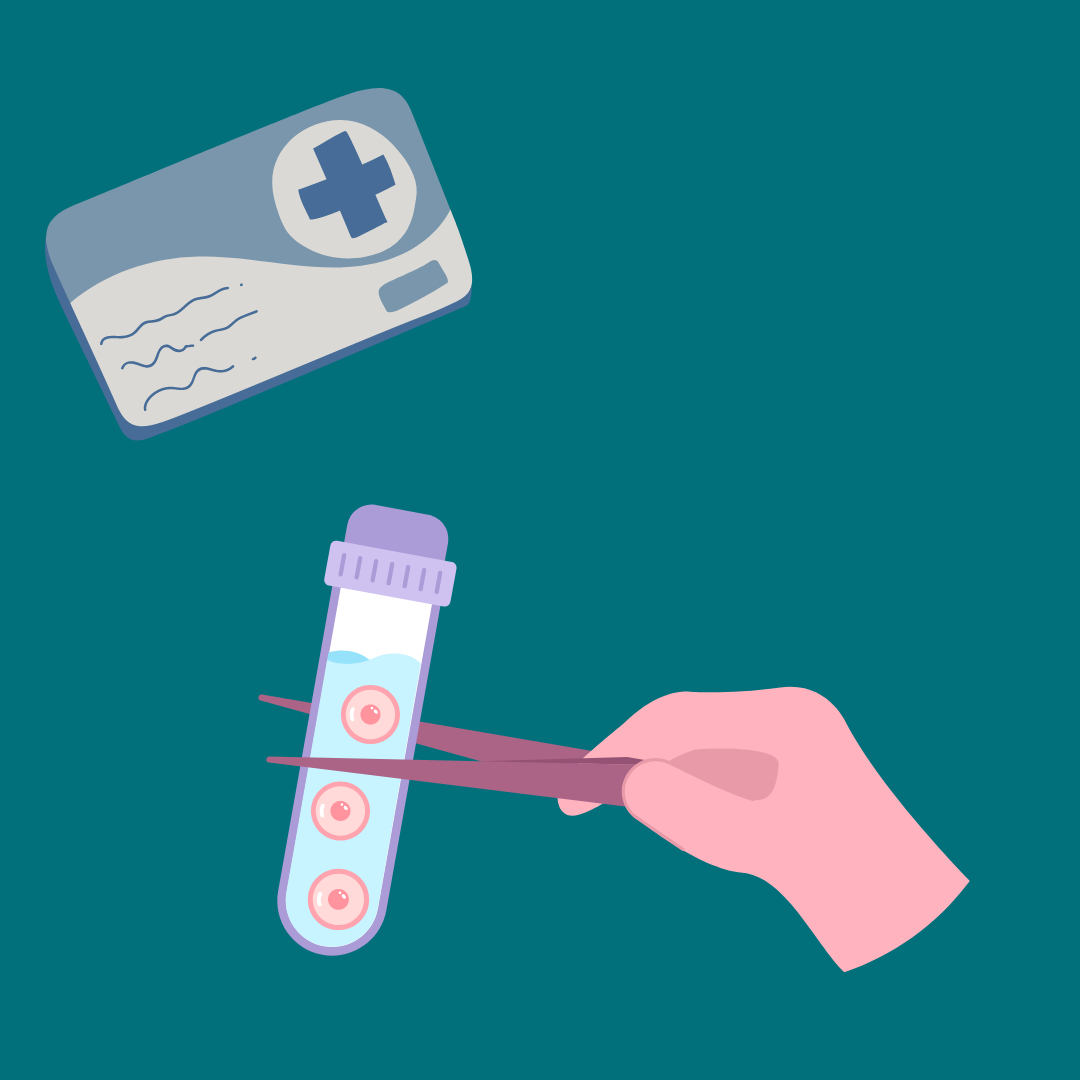VA insurance won’t cover IVF for LGBTQ+ and unmarried veterans
By Shefali Luthra,
The 19th
| 08. 14. 2023
Amber Bohlman tried almost everything to get pregnant. For five years, she took hormones that gave her headaches. Bohlman underwent three rounds of intrauterine insemination (IUI), in which her partner’s sperm was directly implanted into her uterus. Though the procedure was covered by her insurance, which she received through the Veterans Health Administration (VHA), she still paid $200 out of pocket each time.
Bohlman, a 36-year-old fish culturist in Fairbanks, Alaska, spent those years hopefully watching her pregnancy tests, only to be disappointed when she saw a negative result each time. “You get your hopes up every month, and then you have to go through that sadness of it not happening,” she recalled. “You just keep doing that.” Bohlman, who did two tours in Iraq in her 20s, grew increasingly worried that she would run out of chances to get pregnant. Still, there was one method she still hadn’t tried: in vitro fertilization (IVF), which is generally considered to be the most effective form of assisted reproductive technology. Medical specialists could use her partner’s sperm to fertilize her eggs outside of...
Related Articles
By Daphne O. Martschenko and Julia E. H. Brown, Hastings Bioethics Forum | 01.14.2026
There is growing concern that falling fertility rates will lead to economic and demographic catastrophe. The social and political movement known as pronatalism looks to combat depopulation by encouraging people to have as many children as possible. But not just...
By Paula Siverino Bavio, BioNews | 01.12.2026
For more than ten years, gestational surrogacy in Uruguay existed in a state of legal latency: provided for by law, carefully regulated as an exception, yet without a single birth to make it real.
That situation changed with the arrival...
By Hannah Devlin, The Guardian | 01.08.2026
Scientists claim to have “rejuvenated” human eggs for the first time in an advance that they predict could revolutionise IVF success rates for older women.
The groundbreaking research suggests that an age-related defect that causes genetic errors in embryos could...
By Katherine Long, The Wall Street Journal | 12.27.2025
Nia Trent-Wilson owes $182,889.63 in medical bills for a baby that wasn’t hers.
In late 2021, she agreed to act as a surrogate through an agency that paired her with a gay couple from Washington, D.C. The terms were typical...




